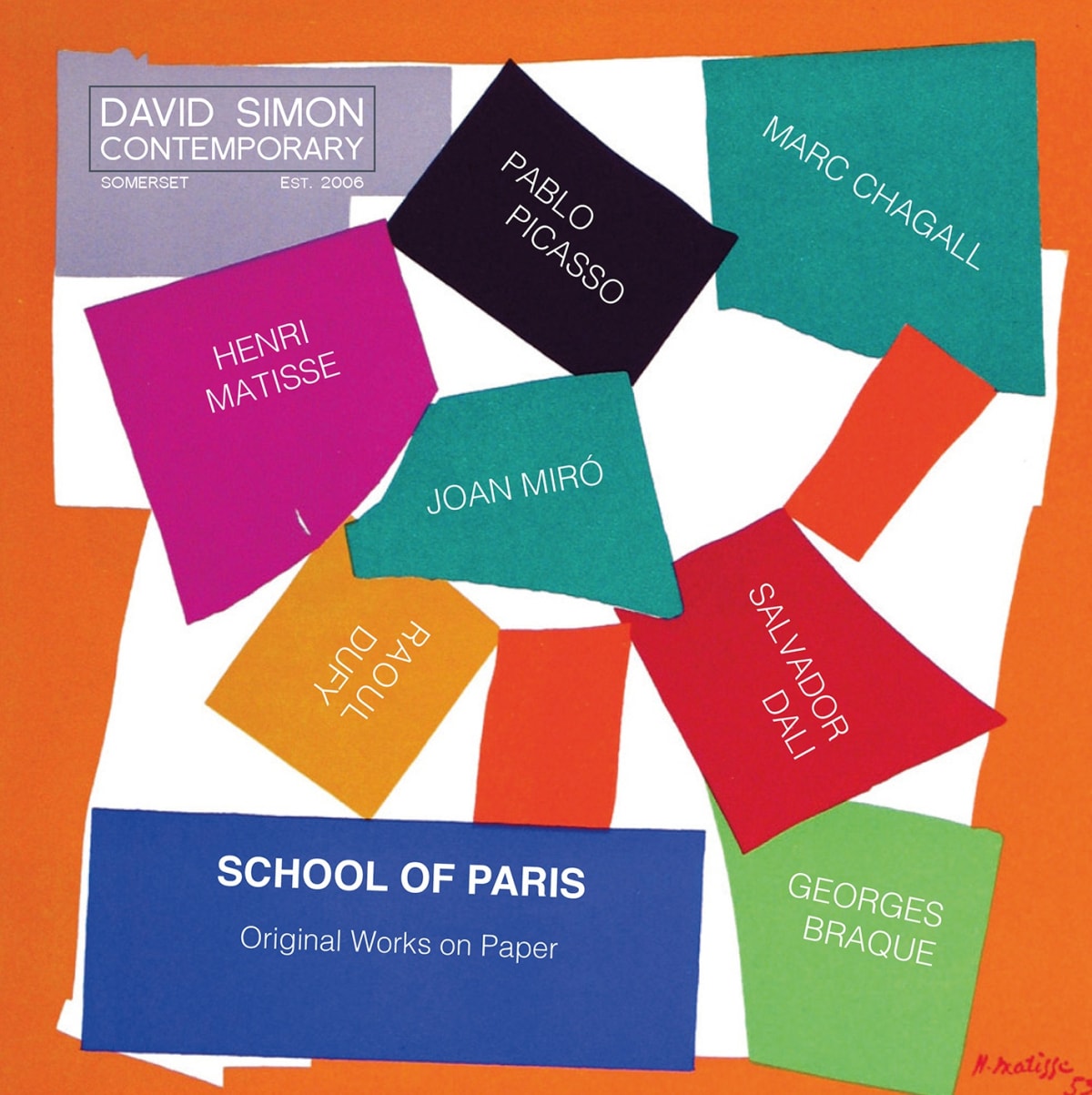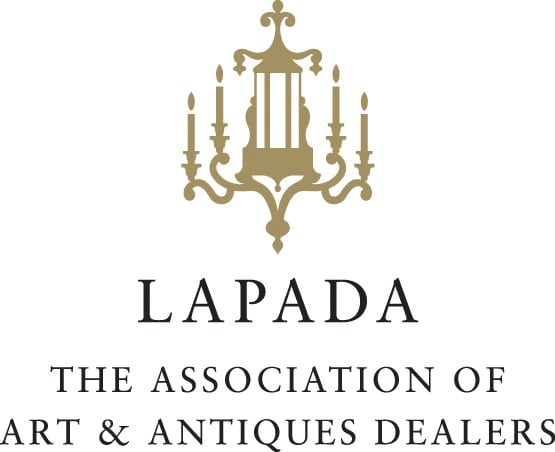Henri Matisse (1869 - 1954) French, 1869-1954
Matisse became a painter relatively late in life; he was known as the principal protagonist of Fauvism, the first avant-garde movement at the turn of the century. He went on to develop a monumental decorative art, which was innovative both in its treatment of the human figure and in the constructive and expressive role accorded to colour. His long career culminated in a highly original series of works made of paper cut-outs, which confirmed his reputation, with Picasso, as one of the major artists of the 20th century.
Matisse became a painter relatively late in life; he was known as the principal protagonist of Fauvism, the first avant-garde movement at the turn of the century. He went on to develop a monumental decorative art, which was innovative both in its treatment of the human figure and in the constructive and expressive role accorded to colour. His long career culminated in a highly original series of works made of paper cut-outs, which confirmed his reputation, with Picasso, as one of the major artists of the 20th century.
Henri Matisse was born in Le Cateau-Cambrésis, France. Matisse initially trained in law, and only began painting in about 1890, studying between 1892 and 1897, first at the Académie Julian and then with Gustave Moreau at the Ecole des Beaux-Arts, Paris.
One of the most influential artists of the twentieth century, Matisse's paintings, prints, sculpture, book illustrations and paper cut-outs, spanned almost six and a half decades. His varied subjects comprised landscape, still life, portraiture, domestic and studio interiors, and the female figure.
During his lifetime, Matisse had several periods of concentrated activity in which he explored the possibilities of printmaking. In the late 1920s and early 1930s etching and lithography predominated - he created over 100 etchings in 1929 alone. It was not until 1938, as he searched for the ever greater economy of line, that he turned to linocuts, and then later to aquatints. Matisse's aquatints were the last prints he ever made and represent the distillation of his work. Working on several plates at the same time, he created each one from just a few gestural brush strokes. These aquatints, in their directness and apparent simplicity, echoed his experimentation with cut outs and his lyrical decoration of the chapel at St Paul de Vence, France, 1951, which Matisse considered his final masterpiece.
Matisse's prints have been exhibited and collected by major museums and galleries across the world. Henri Matisse died aged 84 in 1954 in Nice, France.








